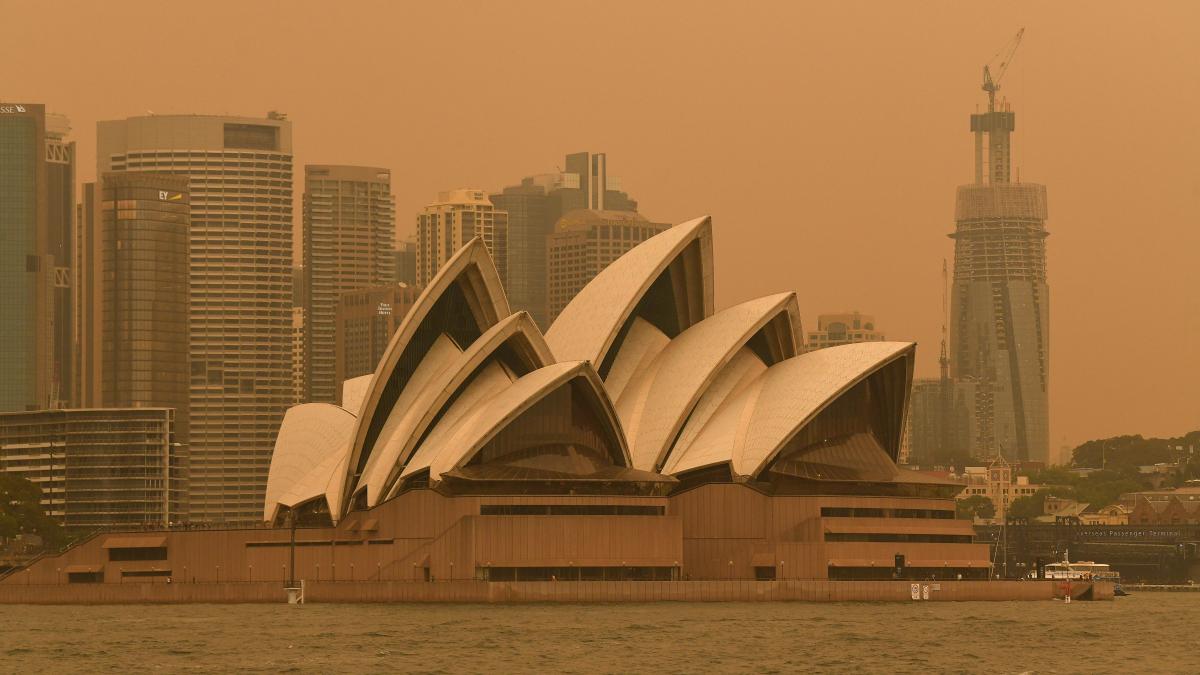
In truly terrifying news, Sydney has set a new record for the longest period of air pollution in New South Wales on record.
An astronomical 17 out of 25 days between November 11-December 6 were classified as “hazardous air quality” days, according to SMH. For comparison, only 16 days were considered hazardous during the 6-month period between October 2013 and March 2013.
[jwplayer SE7ZnTXd]
According to a spokeswoman in the Environment, Energy & Science unit of the Department of Planning, Industry and Environment, this event is “the longest and most widespread in our records of comparable detail since the early 1990s.”
Sydney has been covered in a cloud of ash for weeks now, and the images are grim to say the least.
Beach walks in #Sydney now include the ashes of world heritage forest. I am not OK with this. pic.twitter.com/cyM1I2LN2N
— Halsey (@fluidsoul) December 7, 2019
As fires continue to ravage a majority of the east coast of Australia, smoke definitely isn’t the worst thing we have to worry about, but that doesn’t mean it isn’t harmful.
1,100 people have been hospitalised in the last week alone as a result of smoke-related breathing difficulties, with an additional 2,500 calls to ambulance services across the city.
Thankfully, the smoke is expected to clear off on Saturday afternoon before returning next week. However, it is predicted that we’ll be seeing smokey skies across New South Wales for the rest of the summer.
“Bushfire smoke contains a number of harmful gases including carbon monoxide,” The Heart Foundation’s Clinical Manager Cia Conneell told Sunrise. “It also contains very tiny particles called PM2.5, they’re small enough when breathed in to get right into the lungs.”
Basically, PM2.5 refers to particular matter that is smaller than 2.5 microns. These particles are considered particularly hazardous to our health because they’re small enough to get into your lungs and/or bloodstream, where they can flare up existing conditions or cause further health complications.
You can buy protective masks to help filter the particles out of the air you’re breathing, but it is safest to remain indoors wherever possible.
“NSW Health continues to remind people with respiratory conditions to avoid outdoor physical activity when there’s smoke around and people with asthma should also follow their Asthma Action Plan and carry their relieving medication. Smoke might cause no more than eye or throat irritation for most people, but those with known respiratory conditions, like asthma, need to be cautious,” a NSW Health spokesperson told Gizmodo.
You can check the air quality rating using the Air Quality Index (updated hourly) on the Department of Planning, Industry and Environment website here.







